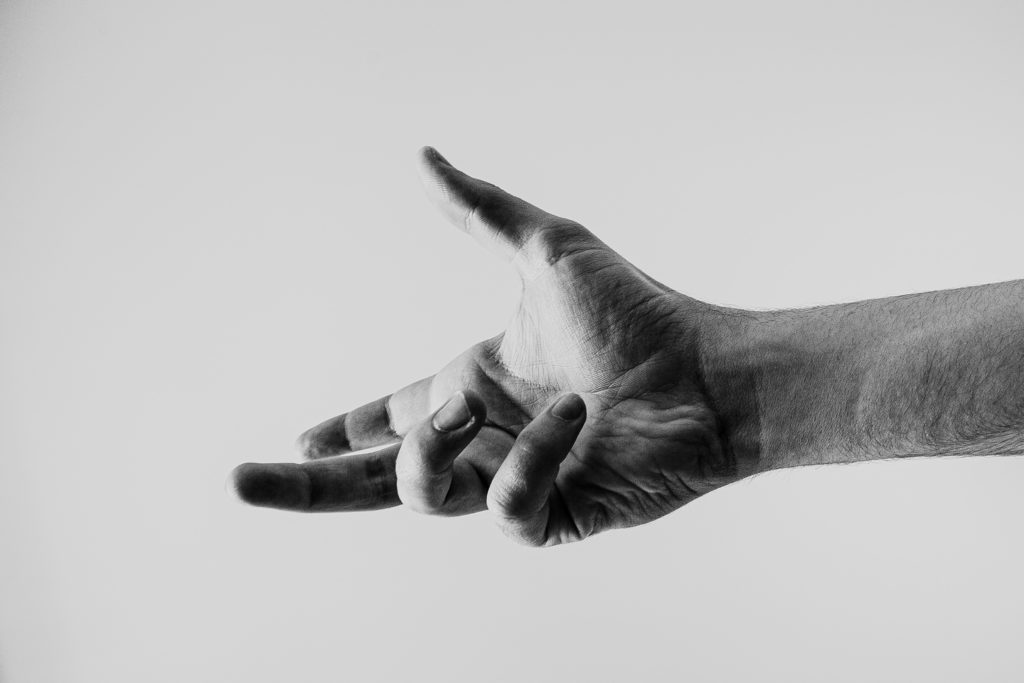
Dupuytren’s Disease is a condition of the hand that was initially described in the 1600’s and named after a Swiss surgeon in the 1800’s. This condition reaches beyond quarterback greats and has affected a pope, prime minister, and a U.S. president.
Last week’s column (part one), presented the cause, incidence, progression and prevention of the disease. Part two will focus on treatment options.
Dupuytren’s disease is a benign condition that affects a normal structure in the hand called fascia. It often causes lumps on your palm and cords on the palm or fingers. These cords can begin to thicken and shorten and pull on the skin which causes a puckering or dimpling and eventually begin to cause the finger to bend into the palm. Typically, the lumps are not painful, although sometimes, in the early stages they can be tender. This can be concerning because of appearance and loss of hand function. The fingers most affected are the ring and little finger, but all fingers including the thumb can be affected.
Several available treatment options exist. Following an assessment of your hand, you, along with your surgeon, will determine which option is best for you. The goal with all treatment options is to reduce the deformity of the finger and improve hand function. The treatment options include the following:
Hand therapy following each of the procedures is beneficial. You may receive a referral for hand therapy a few days following any of the above procedures. You will begin range of motion of the fingers. Early motion is important to regain hand function and decrease the tendency for your fingers to return to a contracted position. Your surgeon may also suggest for a custom orthosis (splint) to assist in keeping your fingers straight which you will only wear at night for sleep. You can also use your hand for light activities. Your stitches will be removed in approximately 2 weeks.
Hand therapy will initially focus on managing swelling that may occur following any of the procedures. Wound care and bandage changes will be performed if you have had surgery. Scar management and exercises will include those that focus on restoring motion for straightening the fingers, however closing or flexing the fingers is also important to maximize hand function. You will also be shown exercises to perform at home to optimize your recovery. As you continue to progress your therapy routine will be upgraded to include hand strengthening and functional tasks to allow you to return to your daily activities at home and work.
A team approach which includes you, the surgeon and therapist is important to ensure that an optimal recovery and a return to your everyday functional tasks are achieved.
GUEST AUTHOR: Nancy Naughton, OTD, CHT, is a doctor of occupational therapy and certified hand therapist, specializing in the rehabilitation of the hand and upper extremity at Hand Surgery Associates, Olyphant, PA.

NEXT MONDAY – Read Dr. Paul J. Mackarey “Health & Exercise Forum!”
This article is not intended as a substitute for medical treatment. If you have questions related to your medical condition, please contact your family physician. For further inquires related to this topic email: drpmackarey@msn.com
For all of Dr. Mackarey's articles visit: https://mackareyphysicaltherapy.com/forum/
Paul J. Mackarey PT, DHSc, OCS is a Doctor in Health Sciences specializing in orthopedic and sports physical therapy. Dr. Mackarey is in private practice and is an associate professor of clinical medicine at GCSOM.